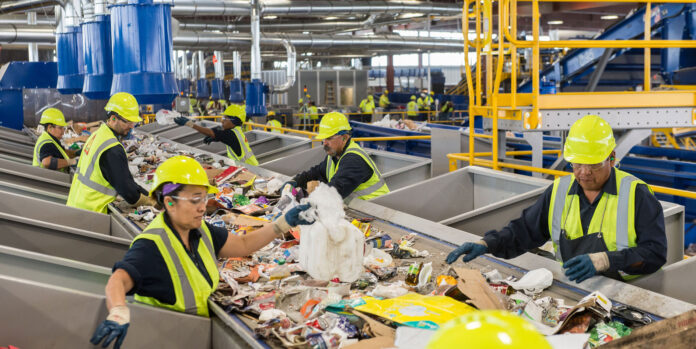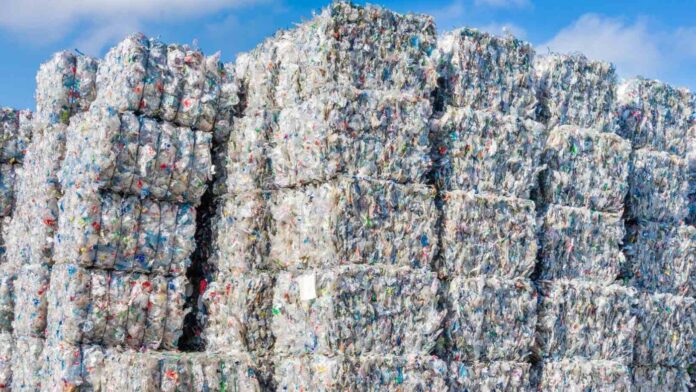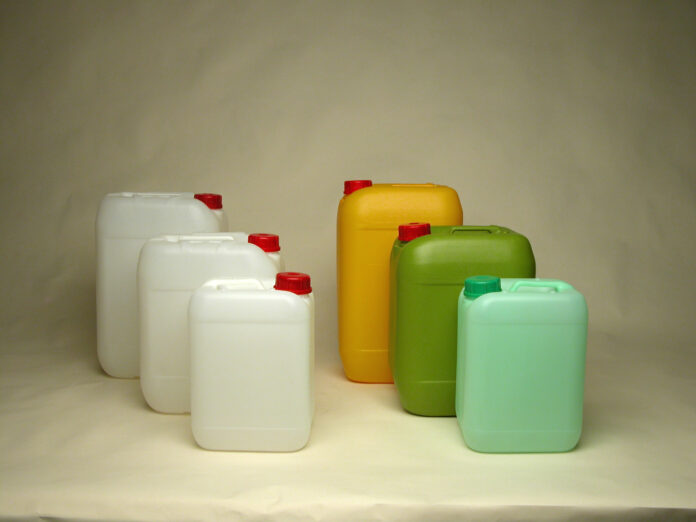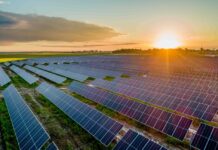
If you’ve ever done any research into plastic recycling, you’re probably aware that plastics are generally divided into two categories: postindustrial and postconsumer. But what is the difference? More importantly, why is the difference such a big deal when it comes to recycling?
Both are valid questions when you consider that postindustrial plastic recycling is fairly successful while post-consumer recycling is not. Post-consumer plastic recycling has been a failing proposition for decades. It is pretty easy to understand why when you know the differences between postindustrial and postconsumer plastics.
Post Equals Waste
The first thing to know is that the ‘post’ prefix means ‘after’. Postindustrial plastics are left over after industrial processes are complete. Postconsumer plastics are those left over after consumer use. In both cases, post equals waste.
An easier way to say it is that postindustrial plastic is garbage generated by manufacturers, logistics providers, industrial enterprises, etc. Postconsumer plastic is garbage produced by people like you and me. Here are some examples of postindustrial plastics:
- Manufacturing cut-offs and purge
- Buckets, totes, and dunnage trays
- Various tubes and pipes
- Various pallets for logistics
And now, here are some examples of postconsumer plastics:
- Juice and water bottles
- Food trays
- Plates, cups, and utensils
- Plastic film
- Retail Packaging
It is interesting to note that most post-consumer plastics are single-use plastics. That means they get used once and then thrown away. Postindustrial plastics are just the opposite. They are designed from the ground up to be reused time and again.
Recycling Plastic Buckets

Seraphim Plastics is a Tennessee company that acquires and recycles a variety of postindustrial plastics in seven states. Take plastic buckets. They might buy an entire tractor-trailer load of buckets that are subsequently transformed into plastic regrind. The regrind is packaged and sold to manufacturers.
From the very start, bucket manufacturers expect that their buckets will be used multiple times before being discarded. But they also know that discarding doesn’t necessarily mean landfilling or incinerating. Manufacturers know that companies will recycle those buckets.
A load of buckets would be picked up and transported back to a processing facility where they would be run through a series of grinders and magnets. The grinders reduce the buckets to small pellets while the magnets capture any pieces of metal that managed to make it through the grinders. What comes out on the other end is ready for packaging and sale.
A Simple and Easy Process
It is also an easy process. It doesn’t require a lot of labor, technology, or scientific know-how. First and foremost, industrial plastics don’t tend to be mixed.
Unlike a curbside recycling bin, which could contain multiple types of plastic along with glass and paper, loads of scrap go to companies that contain a single type of plastic.
Industrial plastics also tend to be contaminant-free. And even if they are not, recyclers require that they be decontaminated before pickup. That way, recyclers don’t have to put time, money, and effort into decontamination.
We could apply the industrial recycling concept to post-consumer plastics. But doing so would require systemic changes. It would also require that consumers put forth a whole lot more effort than they currently do. Therein lies the sticking point. We are used to single-use plastics we throw away. It is a hard habit to break.
Environmental Impact of Single-Use Plastics

The environmental impact of single-use plastics is a pressing concern that demands attention. These often used briefly and then discarded, contribute significantly to plastic pollution. Waste, including items like bottles, bags, and utensils, ends up in our oceans, where it poses a grave threat to marine life. Sea creatures may ingest or become entangled in plastic debris, leading to injury or death.
Moreover, single-use plastics are a significant source of litter on land, clogging drains, and polluting landscapes. When disposed of improperly, they can persist in the environment for centuries, as they are slow to decompose. The accumulation of plastic in landfills is not only unsightly but also a waste of valuable resources.
Addressing the environmental impact of single-use plastics requires a collective effort to reduce consumption, improve recycling rates, and develop sustainable alternatives. Recognizing the devastating consequences of single-use plastics can motivate individuals, businesses, and governments to take action and prioritize more eco-friendly choices.
The Role of Government Regulations in Plastic Recycling
Government regulations and policies wield significant influence in shaping plastic recycling efforts. Some regions have recognized the urgent need to address waste and have implemented measures such as recycling mandates and plastic bans.
These regulations can set clear targets for recycling rates, ensuring that both postindustrial and postconsumer plastics are managed more sustainably. Additionally, policies promoting extended producer responsibility (EPR) encourage manufacturers to take greater responsibility for the lifecycle of their products, including recycling and disposal.
Furthermore, government support for research and development can foster innovations in plastic recycling technology and promote the use of recycled materials in manufacturing. By aligning policies with environmental goals, governments can create a framework that encourages businesses and individuals to reduce plastic waste and transition to more sustainable practices.
Advancements in Post-Consumer Plastic Recycling Technology

The field of post-consumer plastic recycling technology has been evolving rapidly, offering promising solutions to the challenges of recycling single-use plastics. Innovations in sorting, cleaning, and processing technologies have made it increasingly feasible to recover and reuse post-consumer plastics effectively.
One notable advancement is the development of more efficient plastic sorting systems, which can accurately separate different types of plastics, improving the quality of recycled materials. Enhanced cleaning techniques help remove contaminants and residues, ensuring that recycled plastics meet high-quality standards.
In addition, advancements in recycling processes, such as chemical and mechanical recycling, are enabling the conversion of post-consumer plastics into valuable raw materials for new products.
These technologies hold the potential to reduce our reliance on virgin plastic production, conserving resources and reducing environmental impact.
As technology continues to advance, post-consumer plastic recycling is becoming more economically viable and environmentally beneficial, paving the way for a more sustainable approach to plastic waste management.
Conclusion
In conclusion, the distinction between postindustrial and post-consumer plastics is not just a matter of terminology but has significant implications for recycling and our environment.
Postconsumer plastics, primarily single-use items, pose a severe environmental challenge due to their contribution to plastic pollution in our oceans and landfills.
Recognizing the environmental impact of single-use plastics is crucial in motivating individuals, businesses, and governments to take action and make more sustainable choices.









